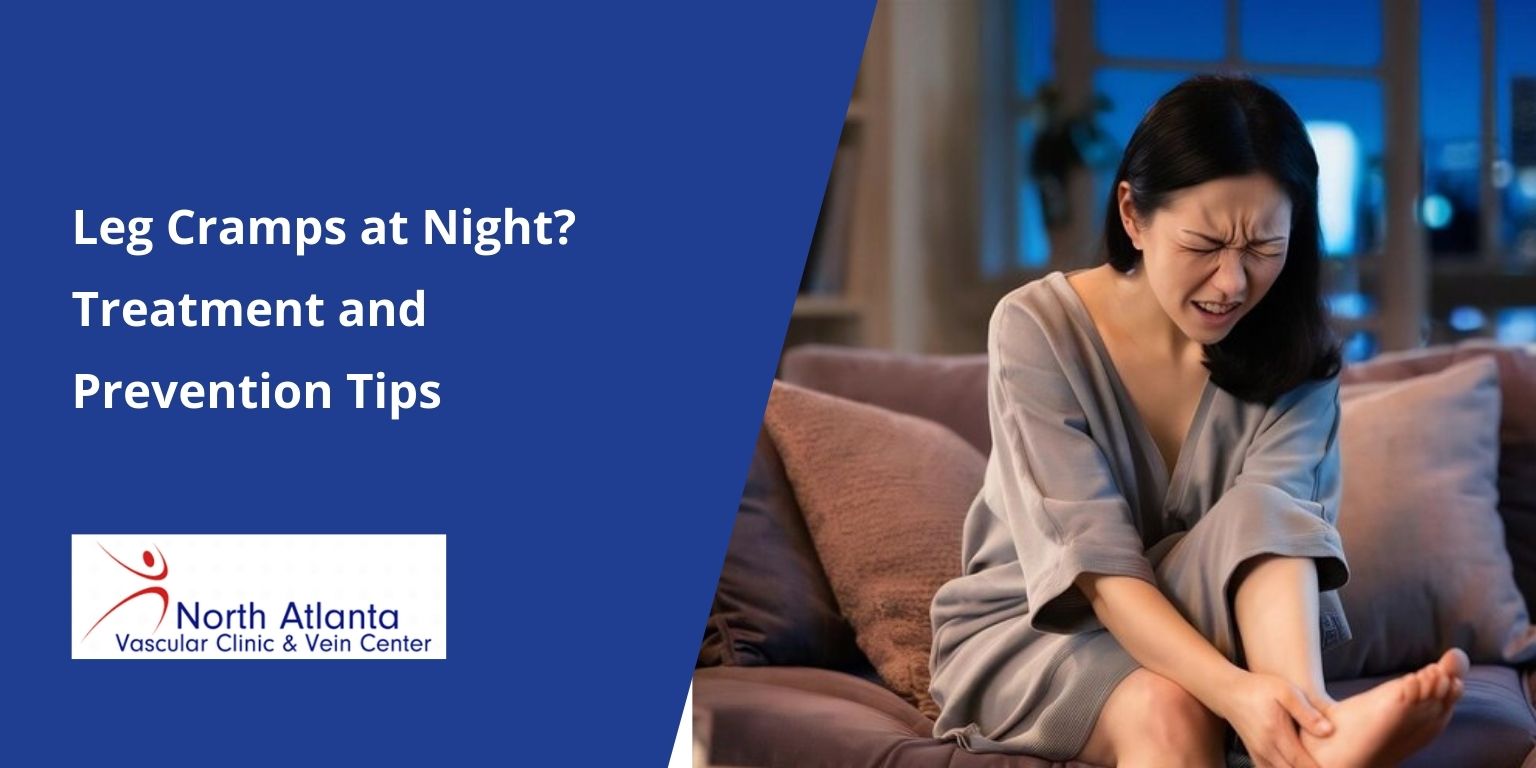Waking up in the middle of the night to a sharp, tightening pain in your leg is more common than you might think. Leg cramps at night, also known as nocturnal leg cramps, affect more than 60% of adults. These sudden muscle spasms, most often felt in the calves or feet, can be intensely painful and disrupt your sleep, leaving you sore and restless the next day.
What Are Nighttime Leg Cramps?
Nighttime leg cramps are involuntary, painful muscle contractions that occur during periods of rest, usually at night while you're sleeping or lying down. They most frequently affect the calves, but can also strike the feet and thighs. These cramps typically last a few seconds to a few minutes and can leave behind lingering soreness.
It’s important not to confuse these cramps with restless leg syndrome (RLS). While RLS causes an uncomfortable, uncontrollable urge to move your legs, often described as a crawling or tingling sensation—nocturnal leg cramps involve a distinct, sharp tightening of the muscle. Unlike RLS, the discomfort from leg cramps can be quite painful and may persist after the cramp resolves.
Common Causes of Leg Cramps at Night
Several factors can trigger muscle cramps at night:
- Dehydration
Fluids play a vital role in muscle function. When you're dehydrated, your muscles are more likely to contract abnormally, leading to cramping. - Mineral Deficiencies
Low levels of essential minerals such as magnesium, potassium, and calcium can increase the risk of nighttime cramps. These nutrients help regulate nerve signals and muscle contractions. - Poor Circulation or Vascular Issues
If your muscles aren’t getting enough oxygen-rich blood, whether due to peripheral artery disease (PAD) or venous insufficiency, cramping may result. Circulatory issues can particularly lead to calf cramps at night. - Muscle Overuse and Fatigue
Strenuous physical activity or standing for long periods during the day can exhaust your leg muscles, increasing the risk of cramps during rest. - Medications and Medical Conditions
Certain medications and medical conditions such as diabetes, thyroid disorders, or nerve damage, can increase the likelihood of experiencing leg cramps at night.
How to Stop Leg Cramps at Night
When a leg cramp strikes, here’s what you can do for quick relief:
- Stretch the Muscle: Gently extend your leg and flex your foot toward your shin. For calf cramps, try standing and pressing your heel into the floor while leaning forward slightly.
- Massage the Area: Using your hands, apply gentle pressure and massage the cramped muscle to increase blood flow and help it relax.
- Apply Heat or Cold: A warm compress or bath can ease tight muscles. If there's lingering soreness after the cramp subsides, a cold pack may help reduce inflammation.
- Know When to See a Doctor: If your cramps are frequent, worsening, or accompanied by swelling, numbness, or discoloration, it’s time to consult a healthcare provider. These symptoms may indicate an underlying vascular issue.
Night Leg Cramp Home Remedies Options
- Drink water consistently throughout the day
- Do light stretching before bedtime
- Take a warm bath in the evening to relax muscles
How to Prevent Leg Cramps at Night
Preventing cramps often requires consistent, daily habits.
- Stretch Regularly: Incorporate calf and hamstring stretches into your evening routine. Even a few minutes of movement can reduce nighttime cramping.
- Stay Hydrated: Drink plenty of water throughout the day. If you're sweating due to exercise or heat, consider electrolyte-replenishing beverages.
- Wear Compression Socks: These improve circulation and may reduce pressure that leads to cramping, especially if you’re on your feet all day.
- Invest in Proper Footwear: Supportive shoes can make a big difference in your leg health. Avoid flat or unsupportive footwear that strains leg muscles.
- Improve Sleeping Posture: Avoid pointing your toes while sleeping or curling your legs too tightly. A neutral, relaxed sleeping position is best.
- Get Vascular Screenings: If you have risk factors like diabetes, high cholesterol, or a family history of vascular disease, regular screenings can catch circulation issues early—before they lead to painful symptoms.
When Leg Cramps Could Indicate a Vascular Problem
Not all leg cramps are harmless. Sometimes, they are a warning sign of underlying vascular conditions like:
Peripheral Artery Disease (PAD)
PAD occurs when narrowed arteries restrict blood flow to your limbs. Symptoms include leg pain during activity or rest, numbness, and cramping—especially at night.
Chronic Venous Insufficiency (CVI)
CVI happens when vein valves are damaged and can’t return blood effectively to the heart. It often results in blood pooling, swelling, heaviness, and frequent cramping, especially in the lower legs.
Conclusion
Leg cramps at night may be common, but they don’t have to be a part of your nightly routine. Understanding the root causes of leg cramps at night, implementing daily prevention strategies, and seeking medical advice when needed can dramatically improve your quality of sleep and overall leg health.
Take Control of Nighttime Leg Discomfort
If your leg cramps persist despite your best efforts, they may be tied to an underlying circulation issue. Our experts at North Atlanta Vascular Clinic specializes in diagnosing and treating vascular conditions that cause nighttime muscle cramps, so schedule a consultation today.

Leave a Reply Cancel reply